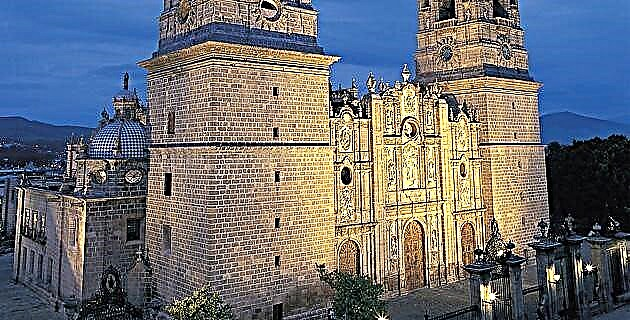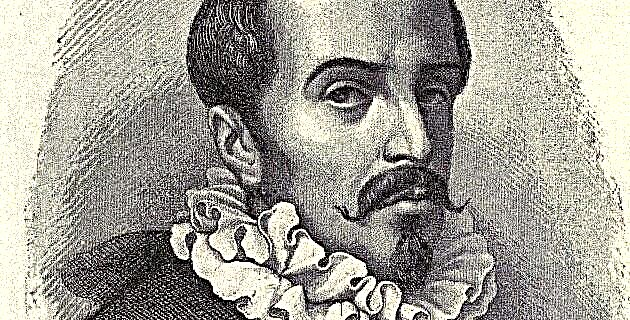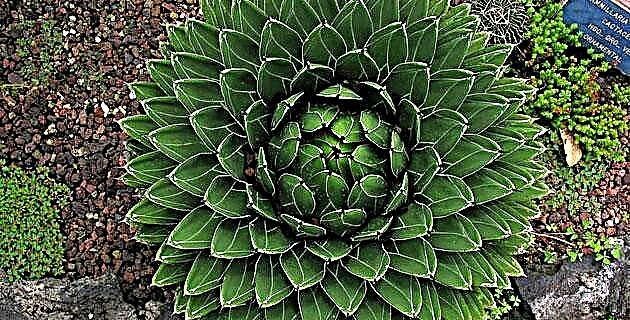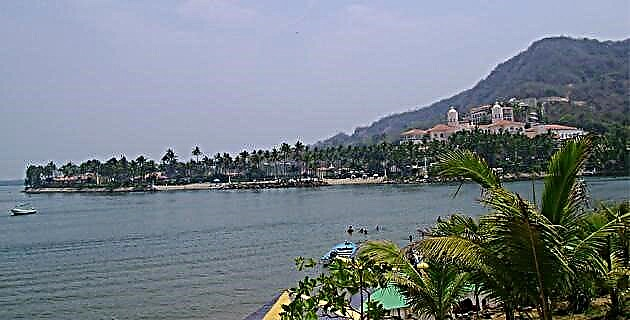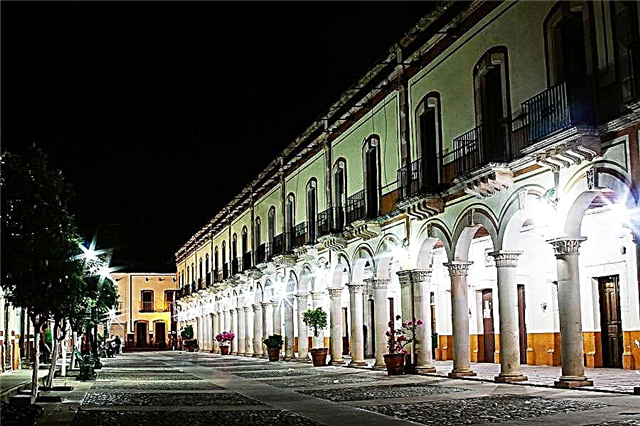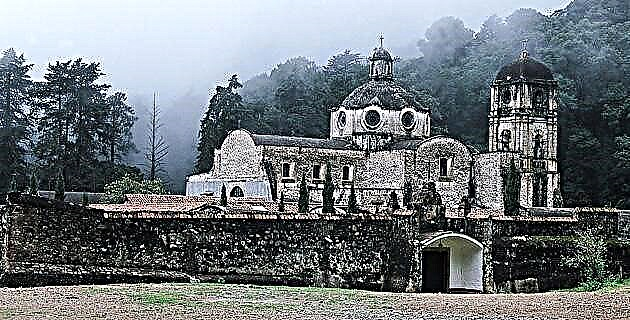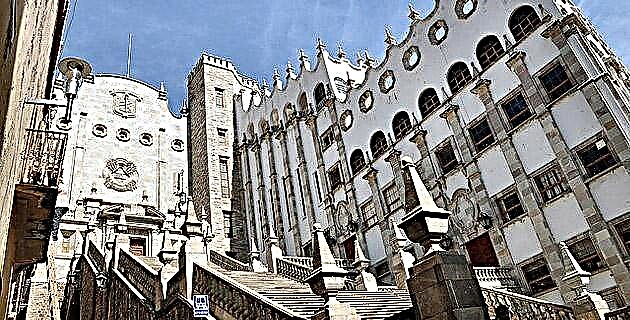
The city of Guanajuato (Cuanaxhuato, "place of frogs" in Purépecha, a name that already announces its antiquity and topography) belongs to a singular group of Mexican cities -among which Taxco and Zacatecas should be counted- whose raison d'être implied a challenge to the colonial ordinances: it was not possible to choose a flat site to establish them because they grew around a deposit of precious metals, which are usually found in hilly areas, and no one could know how long the bonanza would last.
Many are the Mexican cities whose age must be measured in centuries; some already existed before the arrival of the Spanish, and all underwent great changes during the colonial period. The majority then adopted a physiognomy with very few variations, born of administrative provisions that demanded wide, rectilinear streets, with large plots of equal dimensions - which produced houses of similar appearance - and also that one of the central blocks be left empty: there the square would remain, in whose perimeter would always be the church, government buildings, shops and the main residences.
It was necessary to establish these cities of forced geometry on flat terrain, and it is not surprising that sometimes, looking at an old photograph, we do not know which population it corresponds to.
By contrast, the city of Guanajuato (Cuanaxhuato, “place of frogs” in Purépecha, a name that already announces its antiquity and topography) belongs to a unique group of Mexican cities -among which Taxco and Zacatecas should be counted- whose reason for being It implied a challenge to colonial ordinances: it was not possible to choose a flat site to establish them because they grew around a deposit of precious metals, which are usually found in hilly areas, and no one could know how long the bonanza would last.
Some cities became ghost towns in a short time, when a vein was exhausted, so they grew under the cover of luck, on an unfavorable topography, in a disorderly way (to the despair of the colonial bureaucracy), with crooked, narrow streets, in sloping terrain, sometimes small and irregular; The squares could not always aspire to be large or with a rectangular perimeter, and rather the places where different streets met, a little flat, conducive to setting up the open-air market and the whereabouts of the stagecoaches or to congregate the people who went to church.
A good example of these squares is that of La Paz, in Guanajuato: irregular, picturesque and original, since the 19th century it has been identified in engravings and lithographs as the most characteristic image of the city.
Guanajuato began to be populated as a mining site in the 1550s, but only in the seventeenth and eighteenth centuries did it achieve sufficient prosperity to erect buildings of architectural value: temples such as San Diego (1694) and La Parroquia (1696), or the sanctuaries of Cata (since 1725) and Guadalupe (1733); the Jesuits founded the Company (1765) and at the end of the colonial period the temple of La Valenciana and the Alhóndiga de Granaditas were built, scene in September 1810 of one of the most important episodes of the beginning of the War of Independence, which today it is remembered in the murals of the same building, painted by José Chávez Morado.
The residences knew how to adapt to the difficult topography since colonial times - an example can be seen in the Diego Rivera Museum, the house where the notable painter was born - and some engineering works were then made, such as the La Olla and La Olla dams. Los Santos, in Ivory. Once Independence was achieved, new public buildings emerged and the appearance of Guanajuato was renewed with modern academic-style residences, as in the La Olla area, or by modifying the facades of the old houses in the center of the city.
At the turn of the 19th-20th centuries, important buildings were erected, such as the Government Palace and the Juárez Theater, a remarkable classic work located in front of the small, triangular and very pleasant Union Garden, as well as the Hidalgo Market, with a modern structure of iron and monumental facade.
The theater and the market were completed by Antonio Rivas Mercado, author of the Monument to the Independence of Mexico City. In the middle of the 20th century, the enormous building of the University was erected, in neocolonial style, with an imposing exterior staircase. The irregular squares of Braratillo, Mexiamora and Ropero are very picturesque.
Guanajuato literally extends over the river of the same name, because already in colonial times houses and bridges were built above its channel that covered a large part of its journey.
In the 1950s and 1960s the river was piped, turning its route into a spectacular underground street that added great visual appeal to Guanajuato, and in the process solving part of the traffic problem it suffered.
Subsequently, new tunnels have been opened in the subsoil of the city, which allow motor vehicles to cross it in different directions without excessively affecting the quiet movement of the old streets.
Thanks to its rugged configuration, Guanajuato is a city with very changing perspectives, whether it is traveled on foot or by car, and this attraction is part of its unique charm, which it shares with very few Mexican colonial populations: suddenly the city can be seen from the underground street, hanging over our heads, or under our feet, from the scenic highway, in particular from the monument to El Pípila, Guanajuato's viewpoint par excellence.

